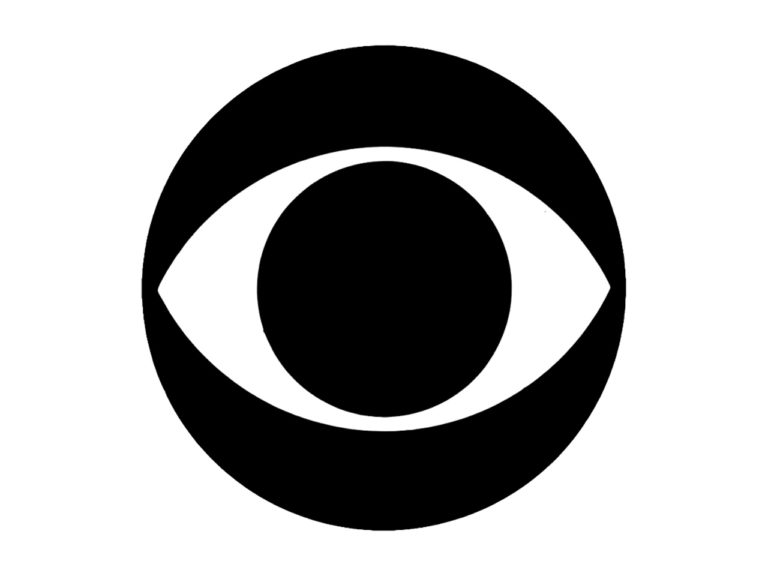
Written and drawn by Hugo Award nominated artist Christian Ward, City of Madness introduces a dark conspiracy within Gotham City. While the upsetting return of Two-Face commands Batman’s attention, a more ominous disaster brews deep underground. What follows is a madcap horror mystery that may push Batman to confront his darkest reflections.

Multiple Personalities
Frankly, Two-Face best characterizes the tone of City of Madness. His schizophrenic aesthetic influences much of the art design in the characters and setting. Firstly, the color and sketches are loose and stylized, giving the characters an painterly look. In a way, it mixes turbulent Punk art with a somewhat Impressionist style. Additionally, the book takes on an atmosphere eerily similar to Grant Morrison’s Arkham Asylum: A Serious House On Serious Earth or Into The Spider-Verse. In fact, the book even directly homages the famous story when Ward takes the tale to Arkham. Batman’s wraith-like design isn’t too different either.
Ultimately, Two-Face holes up in a partially complete skyscraper and kidnaping a pair of twins. For some reason, his personas have begun to diverge and even hires separate groups of henchmen. In truth, the emergence of a third personality sends his sanity into a spiral. Once again, I have to complement how the art emphasizes this with a contrast of splotchy cool and erratic warm colors. Curiously, Batman stops himself from maniacally breaking bones long enough to discover the identity may originate from elsewhere. Weirdly enough, Harvey’s mysterious shadow self could even be a being from another world entirely.

The Batman Below
The heart of City of Madness comes from the perspective of a young orphan from Smallville by the name of Jevoney. Years ago, Jevoney’s father dies at the hand of a corrupt Gotham cop on his commute. Consequently, this event emboldens the small teen to head to Gotham to even the score. From first introduction, Ward paints Jevoney as far smaller than the gargantuan corruption he seeks to face. He doesn’t have much power to defend himself from street thugs like the Terrible Trio, much less a cop with connections. Symbolically, though willing to fight crime, he doesn’t have the power, time, or resources to become anything like Batman. Nonetheless, over the course of the story, Jevoney’s thirst for revenge won’t remain as unobtainable as it initially seems.
The big picture story surrounds an emerging geological event happening beneath Gotham’s foundations. In particular, the subterranean “River Princess” has begun to overflow and flood the bowels of Gotham. Naturally, Gotham’s oldest families take their ecological concerns to the board, but choose to handle things in-house as “The Court Of Owls.” Before they can address their fears for their personal interests, The Court faces an unexpected civil war between houses. Apparently caused by a mysterious door beneath the city keeping an ancient creature out like the Doom That Came To Gotham. Moreover, this powerful horror threatens the city enough to force the Court to seek aid from The Batman as their only option.

Night Owls
Alfred Pennyworth self-describes himself as an “emotional detective.” In the night, the old butler forces himself to stay awake awaiting Batman’s return. During the day, Alfred performs maintenance on Batman’s equipment, case files, and emotional state while leaving no time to sleep. Most importantly, Alfred chronicles his vigilant support in embarrassing pleas that he immediately burns after Bruce returns. Truthfully, Alfred expunges all of his criticisms in those therapeutic unsent notes, regardless of his extensive aid to the overall crusade. All in all, his responsibilities outweigh his personal feelings. Simply put, Alfred has begun to view sleep and self care as a failure to his watch.
Lastly, each character’s story serves as single pieces of the larger puzzle. At the moment, Jevoney’s selfish war against corruption will indirectly lead to The Court of Owls at its core. Similarly, Batman and the creature’s actions literally parallel Jevoney’s path to a endless crusade. The same crusade that Alfred fears he will never be able to escape. Furthermore, Two-Face is a perfect example of the moral corrosion of a good man, while the Court represents total corruption and self interest. Simply put, City of Madness is a fight for the soul of a boy with questions that no one can answer. While not quite coherent yet, Jevoney could easily become a Batman or a yet another violent creature of the night.

Recommended If…
- You like supernatural conspiracies.
- You’re in love with unique atmospheric art.
- A Two-Face fan.
Overall
City of Madness can be a mixed bag at times. Although I totally enjoy Ward’s messy but expressive art style, it could possibly be a divisive look. Not all the figures have a lot of detail nor is the style all the way legible. In spite of this, I believe Ward’s work to be a beautiful example of a marriage between art direction and writing. As for the writing, Ward includes a lot of surprising twists and interesting developments. I especially like the Family naming convention Ward uses for the Court of Owls. However, besides the overall wonder, the story lacks coherency between it’s many plot devices. Sadly, I think even some of the coolest moments like the sequence with the Court unintentionally burden the story with too many details. Going forward, it could benefit from a tighter narrative with more control over the character direction.
P.S. It isn’t important to the review at all, but I want to point out that Christian Ward uses lot of small references from Matt Reeves’ The Batman. Including but not limited to, ripping the “I’m vengeance” line verbatim.
Score: 7/10
DISCLAIMER: DC Comics provided Batman News with a copy of this comic for the purposes of this review


